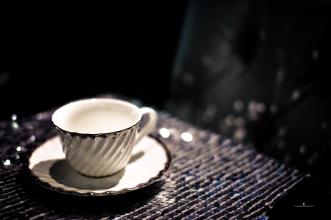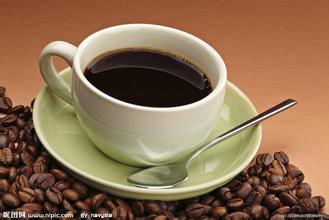There are several manor brand prices for Jamaican Blue Mountain No. 1 coffee.
There are several manor brand prices for Jamaican Blue Mountain No. 1 coffee.
The legal cultivation area of Jamaican Blue Mountain Coffee is on the eastern side of the island of Jamaica, with a total altitude of 7402 feet. Only at an altitude of 3000mur5000 feet can a balanced and slightly acidic Jamaican Blue Mountain Coffee be grown. Only in this altitude Blue Mountain area, the Jamaican Blue Mountain Coffee is considered to be 100% Jamaica Blue Mountain Coffee. The coffee grown below 3000 feet above sea level is alpine coffee, which is licensed to use High Mountain Coffee. The total amount of alpine coffee grown is five times that of Jamaican Blue Mountain coffee, and most private estates grow alpine coffee for export and domestic sale as a tourism specialty. As for the blue mountain area above 5000 feet above sea level, the jungle is dense and is not suitable for any crop.
Quality check:
Like red wine produced by famous houses, Jamaican Blue Mountain Coffee is also born in manors. the processing level of famous houses is much better than that of other processing plants, which is called legal manor. In the regulations governing the Coffee Industry in Jamaica, the Jamaican Coffee Bureau authorizes several large estates to centrally process coffee fruits, export Jamaican Blue Mountain coffee beans and use the Jamaican Blue Mountain Coffee trademark. to maintain the reputation and quality of Jamaican Blue Mountain Coffee.
Planting conditions:
Portland Blue Mountain Coffee Co-operative Factory (P.X.X.S.H.), Coffee Industry Association (Wallenford), Coffee Industry Association (St. John's Peak) and Lanli (J.A.S).
By 1969, the situation had improved because the use of Japanese loans had improved the quality of production, thus ensuring the market. By now, this kind of coffee has reached the point of being feverishly loved.
By 1981, about 1500 hectares of land in Jamaica had been used to grow coffee, followed by investment in another 6000 hectares of coffee land. In fact, today's Blue Mountain area is a small area with a planting area of only 6000 hectares, and it is impossible to grow all the coffee marked "Blue Mountain" there. Another 12000 hectares of land is used to grow two other types of coffee: Alpine top coffee and Jamaican premium coffee.

Important Notice :
前街咖啡 FrontStreet Coffee has moved to new addredd:
FrontStreet Coffee Address: 315,Donghua East Road,GuangZhou
Tel:020 38364473
- Prev

Logo picture of Costa Rican coffee flavor packaging
The Costa Rican coffee industry was originally controlled by the Costa Rican Coffee Industry Company (Instituto del Caf de Costa Rica, ICAFE) and has now been taken over by the official Coffee Committee (Oficina del Caf). The products that are considered to be of substandard quality in the exported coffee are colored with blue vegetable dyes and then sold back to China. Coffee consumed at home.
- Next

How to tell how much the Kopi Luwak is real or not?
How to tell the difference between Kopi Luwak and fake in the wild, civets often climb trees to get ripe coffee cherries, but captive civets in the farm are fed more ripe coffee cherries than they normally need. One farmer explained that civets are usually imprisoned for up to three years and then released into the wild. However, the stress of imprisonment and malnutrition will make him
Related
- Detailed explanation of Jadeite planting Land in Panamanian Jadeite Manor introduction to the grading system of Jadeite competitive bidding, Red bid, Green bid and Rose Summer
- Story of Coffee planting in Brenka region of Costa Rica Stonehenge Manor anaerobic heavy honey treatment of flavor mouth
- What's on the barrel of Blue Mountain Coffee beans?
- Can American coffee also pull flowers? How to use hot American style to pull out a good-looking pattern?
- Can you make a cold extract with coffee beans? What is the right proportion for cold-extracted coffee formula?
- Indonesian PWN Gold Mandrine Coffee Origin Features Flavor How to Chong? Mandolin coffee is American.
- A brief introduction to the flavor characteristics of Brazilian yellow bourbon coffee beans
- What is the effect of different water quality on the flavor of cold-extracted coffee? What kind of water is best for brewing coffee?
- Why do you think of Rose Summer whenever you mention Panamanian coffee?
- Introduction to the characteristics of authentic blue mountain coffee bean producing areas? What is the CIB Coffee Authority in Jamaica?

